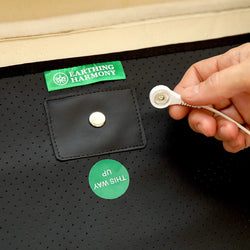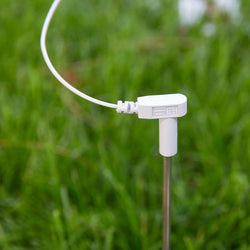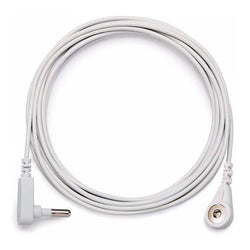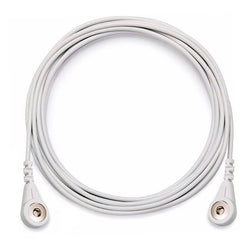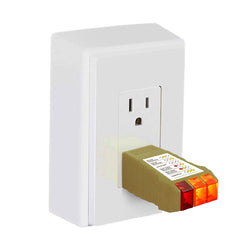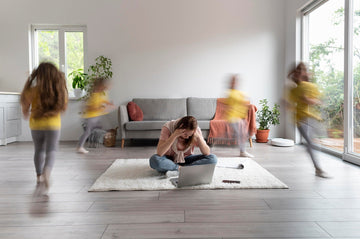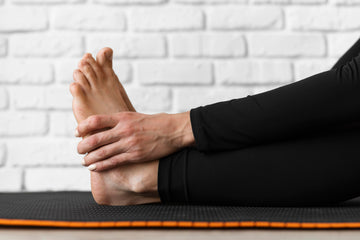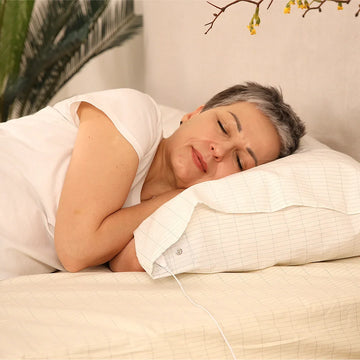Life in an ADHD World
Living with ADHD can feel like being caught in a whirlwind. From constant distractions to emotional overload, both kids and adults with ADHD often experience the world in a more intense and unpredictable way. Everyday tasks can turn into overwhelming challenges, and focusing on the present moment may seem nearly impossible.
This ongoing mental noise can lead to stress, negative thoughts, and difficulty managing emotions, affecting relationships, school, and work. As more people seek gentle, natural ways to manage symptoms, one simple practice—grounding or earthing—is gaining attention. It reconnects the mind and body through nature and can offer real relief in everyday life.
Why Holistic Tools Are Gaining Ground
As diagnoses of ADHD (Attention Deficit Hyperactivity Disorder) continue to rise, so does interest in alternative approaches. While medication and therapy are valuable, they don’t work for everyone.
More people are exploring grounding techniques as a gentle way to restore balance, support emotional regulation, and find calm in the storm.
What Exactly Is ADHD?

ADHD is a neurodevelopmental disorder that affects millions of people worldwide. It impacts attention span, impulse control, and emotional regulation. While it's commonly diagnosed in childhood, many continue to experience symptoms into adulthood. ADHD can influence academic performance, relationships, and self-worth, but with the right support, individuals can thrive.
ADHD affects how the brain filters distractions, controls impulses, and regulates emotions. It comes in three types—inattentive, hyperactive-impulsive, and combined. It shows up in both children and adults, but the signs often look different.
The ADHD Brain: Focus and Feelings
In children, symptoms may include fidgeting, emotional outbursts, and difficulty paying attention. ADHD adults often struggle with time management, mood swings, and restlessness. These symptoms can vary in intensity and may shift over time, making ADHD a complex and deeply personal condition.
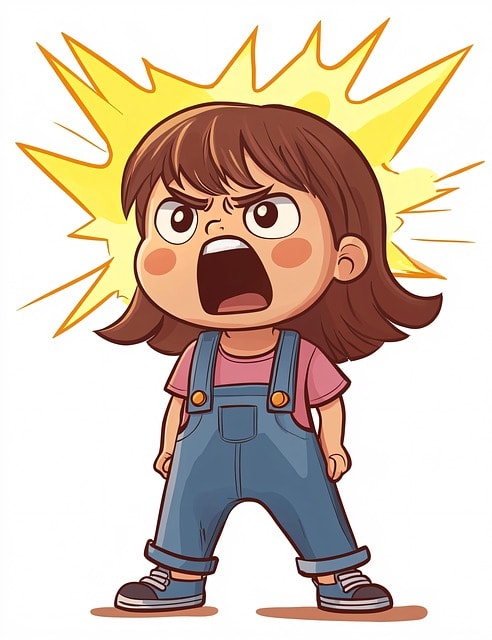
Regardless of age, the ADHD brain finds it challenging to stay grounded in the present and manage negative emotions.
What Is Grounding?
Grounding (or earthing) is the act of reconnecting your body to the Earth’s surface, often by walking barefoot on natural ground. This simple practice helps discharge excess electrical energy and brings the nervous system into a calmer state.
In today’s busy city life, grounding can still be done by spending time in parks, touching trees, or using indoor grounding techniques like mats and bed sheets. Even a short break to stand barefoot on a patch of grass or sit quietly with your feet on the ground can help you restore balance and support emotional clarity.
Why the Earth Calms the Mind
When we make direct contact with the Earth, we absorb free electrons that may help reduce inflammation and regulate internal signals. These changes can impact mood, stress, and even brain chemistry—all of which are relevant to ADHD.
The Earth’s natural energy appears to stabilize the body’s electrical system, which can soothe overstimulation. This grounding effect helps calm racing thoughts and promotes a sense of inner peace and connection to the present moment.

Grounding Techniques You Can Try
There are many ways to ground, both indoors and outdoors. Here are some popular grounding techniques:
-
Walking barefoot on grass, sand, or soil
-
Using grounding mats while working or grounding sheets whilst sleeping
-
Applying grounding patches during homework or quiet time
-
Stretching or doing breathing exercises while touching the Earth
These techniques are easy to fit into daily life and help reconnect to your senses, reducing anxiety and promoting well being.
The Role of the Senses in Grounding
Engaging the five senses during grounding deepens the effect. Feel the earth under your feet. Smell the grass or use a scented candle indoors. Listen to birds or the breeze. Taste herbal tea or fruit. See your surroundings and truly stand still in the moment.

This multi-sensory experience helps anchor your awareness in the body, making it easier to shift away from negative thoughts and distractions. By fully activating your senses, you create a powerful connection between the mind, body, and environment.
The Science Behind Grounding and ADHD
Though more studies are needed, current research suggests that grounding can affect our body’s chemistry in meaningful ways. It may:
-
Lower cortisol, the stress hormone
-
Improve sleep quality
-
Balance serotonin and dopamine levels
-
Support the brain's natural rhythms
These health benefits are key for those with ADHD, especially in managing emotional dysregulation, sleep issues, and focus struggles.
Grounding for ADHD: What We Know
Some small studies and anecdotal reports show that grounding for ADHD may reduce restlessness, improve emotional regulation, and enhance attention. Children who engage in grounding exercises outdoors often seem calmer and more engaged afterward.

Parents have observed fewer meltdowns, better sleep, and a greater ability to manage emotions throughout the day. Although more large-scale research is needed, these early findings are encouraging and suggest that grounding may offer meaningful support for both children and ADHD adults.
Why Sleep, Inflammation, and Focus Are Connected
People with ADHD often experience poor sleep, chronic inflammation, and emotional ups and downs. Grounding techniques have been shown to improve melatonin production and reduce inflammatory markers—both essential for better focus and fewer negative thoughts.
Stress, Panic, and the Calming Effect of Grounding
Stress and panic attacks are common among ADHD individuals. Grounding slows the nervous system and reduces overactivation. Just a few moments of stillness can interrupt the cycle of rising anxiety and bring you back to the present moment.
Practical Ways to Use Grounding Every Day
You don’t need special equipment to begin. Go barefoot in the yard or use our barefoot earthing shoes, sit on the ground, or place your hands on a tree. If indoors, sit with a grounding mat or use our conductive bed sheet.
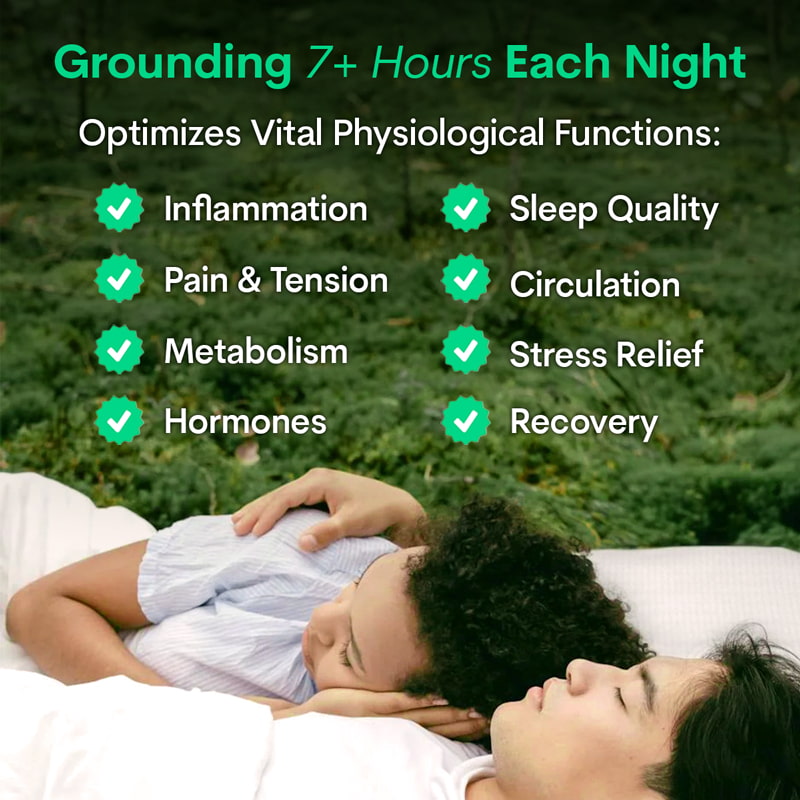
Add deep breathing, light exercise, or simple visualization to increase the impact. These paired techniques amplify your ability to return to your body and manage emotions.
Creating a Grounding Routine
Make grounding part of your morning, wind-down routine, or break during the day. You can even do it during work or school by using portable tools. The goal is consistency—practice every day, even if just for a few moments.
Children respond quickly to grounding techniques. Try supervised barefoot play, coloring outdoors, or sleeping on grounding sheets. These methods not only reduce hyperactivity but support self worth and emotional regulation.
For adults, pairing grounding with journaling, nature walks, or stretching offers space to reset. When you feel distracted or overwhelmed, taking time to breathe, sit, or stand in contact with the Earth can break the cycle of stress and help you refocus.
Expert Opinions on Grounding and ADHD
Holistic therapists, mental health professionals, and ADHD coaches increasingly recommend grounding as a supportive strategy.
They emphasize that it’s not a cure but describe it as a reliable, side-effect-free method to support emotional regulation, reduce stress, and improve overall well being, especially when combined with other techniques like deep breathing, movement, or mindfulness exercises.
Grounding Products That Work
When choosing grounding tools, look for products containing copper rivets, or made from organic cotton and conductive silver fibers. Earthing Harmony offers trusted options for home, work, or travel.
These products are designed to maintain consistent skin contact, which helps support calm, focus, and better sleep. Whether you're using a mat at your desk or a sheet at night, grounding tools can make the practice easy and accessible in any routine.

Best Picks from Earthing Harmony
-
Grounding Mat for Desks – Great for homework and office tasks
-
Organic Grounding Sheet Set – Ideal for deep, uninterrupted sleep
These tools make grounding more accessible and support a daily practice that fits seamlessly into life.
Grounding for ADHD isn’t about replacing treatments. It’s about expanding the toolkit. Whether you're managing symptoms yourself or supporting a loved one, grounding helps reduce anxiety, manage stress, and bring the mind and body back into alignment.
Find Calm by Returning to the Earth
In a world full of distraction and stimulation, grounding offers a way to reconnect, reset, and refocus. It invites you to feel the Earth, take a deep breath, and imagine what calm can feel like again.
With just a few simple steps, this natural approach can help cope with the challenges of ADHD and bring more balance, clarity, and life to your day.
🧘 Ready to begin? Explore Earthing Harmony´s grounding products and take your first step toward calm and clarity.
Frequently Asked Questions
How do I ground myself with ADHD?
Grounding yourself with ADHD means using techniques that bring your attention back to your body and the present moment. One effective method is walking barefoot on natural surfaces like grass or soil or using our superb barefoot shoes. This direct contact with the Earth can reduce internal noise and help you feel calmer.
If you're indoors, try a grounding mat, or sit in a quiet environment where you can focus on your physical sensations. Take a few deep breaths, press your feet firmly into the floor, and identify five things you can hear. This activates your senses and keeps your attention from drifting.
You can also try other techniques, such as holding a warm mug of tea or rinsing your hands in cold water to quickly shift focus.
Is earthing good for ADHD?
Yes, earthing (another term for grounding) can be helpful for managing ADHD symptoms. While it’s not a standalone treatment, many people report that grounding helps reduce restlessness, improve focus, and promote emotional balance.
For example, spending 20–30 minutes walking in our barefoot earthing shoes can lower stress hormones, regulate energy levels, and reduce pain caused by muscle tension or emotional overload. Earthing is also great for calming the nervous system, especially when done consistently.
Some parents also note that earthing reduces meltdowns in children and improves sleep—both common challenges for people with ADHD and related mood disorders.
What is the 30% rule in ADHD?
The 30% rule suggests that individuals with ADHD often function at a developmental delay of about 30% in executive functioning compared to their neurotypical peers. In other words, a 10-year-old child with ADHD might demonstrate impulse control or emotional regulation similar to a 7-year-old.
This isn’t meant to label or limit, but to remind parents and caregivers to adjust expectations and provide extra support. It’s a helpful concept when you're trying to identify what kind of structure and strategies your child—or even you as an adult—might need to thrive.
What is the 1/3/5 rule for ADHD?
The 1/3/5 rule is a simple productivity technique tailored to ADHD minds. It helps break down tasks into manageable chunks:
-
1 big task
-
3 medium tasks
-
5 small tasks
This structure helps reduce overwhelm and keeps your day from being dominated by a never-ending to-do list. For example, your “1 big task” might be finishing a work presentation. The “3 medium tasks” could include replying to emails, cleaning your desk, and making lunch. Your “5 small tasks” might involve checking your calendar, making a quick call, or even listening to a calming playlist to reset your focus.
It's all about building momentum through small wins. Add in some grounding breaks, perhaps stepping outside or washing your hands in warm water, to help refocus between tasks.
🧘 Now that you know the benefits of Grounding for ADHD, why not have a a closer look at our wide range of grounding products for the whole family!







 Shoes
Shoes
 Boots
Boots
 Sandals
Sandals
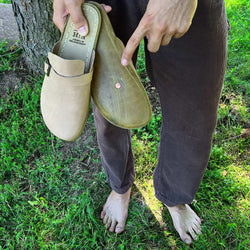
 Shoes
Shoes
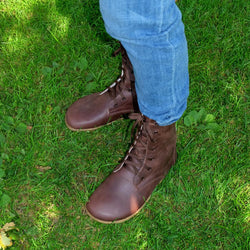 Boots
Boots
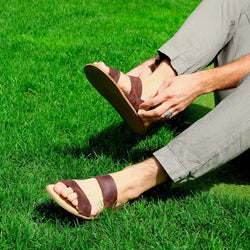 Sandals
Sandals

